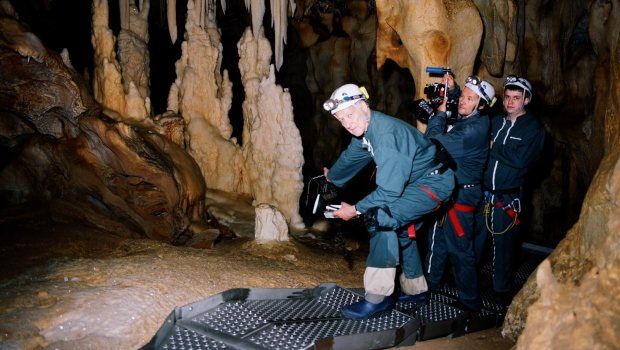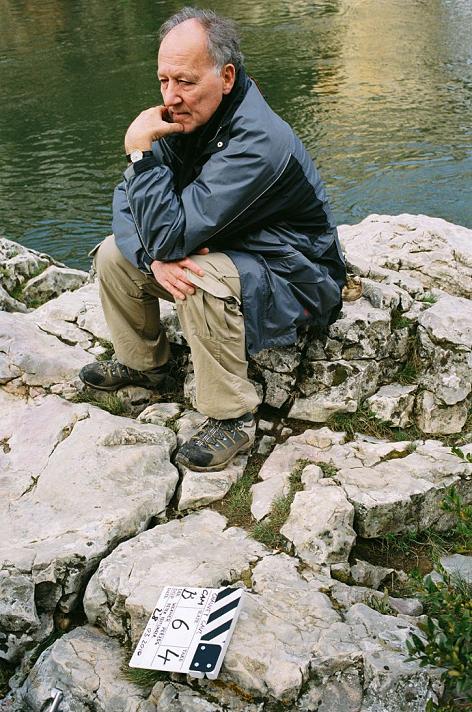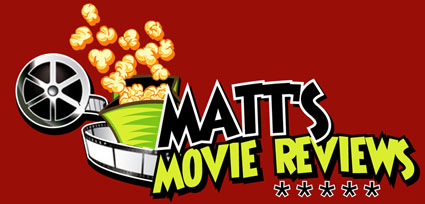Known as one of the world’s most renowned and prolific filmmakers, German born director/ writer/ producer and all around genuine character Werner Herzog has covered the spectrum of the human condition in both feature and documentary films, with titles such as Aguirre: The Wrath of God, Fitzcarraldo and Grizzly Man part of Herzog’s impressive body of work.
Herzog’s latest film is Cave of Forgotten Dreams, a 3D documentary which explores the ancient mystery of the Chauvet Cave, an area in Southern France first discovered in 1994 that contains the oldest cave paintings known to man.
With a small crew, the latest 3D technology and a limited amount of time Herzog explored the Chauvet Cave, taking in its time defying beauty and pondering whether this was the place which marked mans attainment of the human soul.
Matt’s Movie Reviews was fortunate to speak to Werner Herzog in a direct call to his Los Angeles residence about Cave of Forgotten Dreams, the rise of 3D in cinema, and his career thus far.
Enjoy!
Hello Mr. Herzog. How are you today?
Good. Where are you physically?
I am in Sydney, Australia.
Ok, so we seem to be 17 hours apart. I am speaking from Los Angeles.
You currently reside in Los Angeles, don’t you?
Yes, but you shouldn’t misunderstand it. I’m not residing in Los Angeles because of Hollywood, although I always have some sort of connections and sometimes common borderlines with Hollywood. I’m here because I’m happily married in Los Angeles! (laughs)
That’s good to hear! Let’s talk about your new film. When did you first hear about the Chauvet Cave?
About half a year before I made the film...about 7 months or so before. I was pointed out to an article which appeared in the New Yorker Magazine, by a producer with whom I did Grizzly Man and Encounters at the End of the World, the film in Antarctica.
He was almost timid in whether I might be interested in something like this, and I immediately said “Yes! Of Course! Sure!” (laughs) I have this burning passion and fascination about Palaeolithic art since I was a young adolescent.
When you first entered the cave and saw those paintings, what were your first impressions?
(Sighs) Well, it’s un-describable...it’s a sense of wonder, a sense of awe, and that was exactly what I wanted to get across to an audience.
 |
"Maybe they in the future will find other caves with even older paintings and evidence of human and artistic work. But this is the first evidence of the modern human soul." - Werner Herzog |
When you found out that those paintings were 30,000-35,000 years old, were you astonished to find humans expressed themselves artistically so long ago?
Everyone is astounded by it. Of all of these paintings that we know, they are all just data paintings.
In central southern France, in the Pyrenees of the Ardeche River, they are only...and I say “only” in quotes, 14,000 – 20,000 years back in age, back in time.
But what was found in Chauvet Cave in the courses of the Ardeche River is more than twice as old, and are completely and absolutely accomplished.
You believe that these paintings marked the awakening of the modern human soul. What exactly did you mean by that?
Well, it has to be understood in the context of the situation and the context of the film. What we know is that at the same time 30,000-35,000 years ago, Neanderthal man roamed the same valley...there is evidence of the presence of Neanderthal man.
But Neanderthal man had no culture in the modern sense, which means picocreative representations, which means music instruments, which means first traces of religious belief, which means little statuettes and sculptures, which are mostly Venus’s by the way...figures of women with enormously accentuated fertility signs...breasts which remind of everything we’ve seen in Baywatch. (laughs)
So we know this in a way is the first awakening of the human soul. Maybe they in the future will find other caves with even older paintings and evidence of human and artistic work. But this is the first evidence of the modern human soul.
You were faced with a lot of restrictions when filming inside the cave. How did you prepare yourself logistically for such a film shoot?
When you have no choice! (laughs) You have to understand that this cave was sealed as a perfect time capsule for more than 20,000 years. Everything is completely fresh. Everything is left as if it were yesterday.
We know that too many tourists in other caves have left mould on the walls from human breath, human sweat, human exhalations and vapours, and this mould cannot be controlled anymore, so they had to shut it down. They are extremely cautious.
So I was only allowed 3 people with us, only allowed equipment that we could carry in our hands, we could only film from a 60 cm wide metal walkway, and never be allowed to step on the floor in the cave, or set up a tripod, or hide behind the camera.
And time restrictions...we were only allowed 4 hours per day and that was only throughout 1 week. So it was a challenge, but we met the challenge I think.
 |
| "I think there is a credibility to our collective dreams. We dream much better if we are not in 3D. " - Werner Herzog |
Yes, I think so as well. When did the idea first strike you that 3D could be used on the documentary?
Well, I never really planned to do it in 3D until I was lucky enough that I persuaded the French to allow me into the cave for 1 hour a few months before I started shooting. So I was in the cave for 1 hour and was there with my wife, we were allowed in there with no cameras, no photos, nothing.
All of a sudden I see that there is a fantastic formation in the cave, stalactites and stalagmites and columns...then the paintings themselves are not on flat surfaces. It’s a wild drama of cave walls, bulges, niches, pendant...and all of this was utilised by the artist for dramatic effect, and it was immediately clear that this had to be in 3D.
What is your impression of 3D filmmaking as a whole?
I’m sceptical, and apparently statistics show that numbers are slightly declining now of people who are willing to pay for a ticket. I believe it has to do with our sense of going into the theatres, where we can of course witness great fireworks like let’s say Avatar, which is legitimate because there is a legitimate interest by a lot of the audiences, so we have to take it seriously.
But at the same time we want to dream in the theatre. We want to as an audience develop a parallel, a separate story which only occurs in our hearts like in a love story, hope and wish that lovers found each other beyond all obstacles, a parallel story only occurs within the audience.
But when you are looking at the firework, firework, firework of 3D, we see the fireworks but we do not experience the second story which is inside of us. This type of cinema will never go extinct.
With filmmakers such as Martin Scorsese and Francis Ford Coppola now using 3D in their film, do you think that 3D might be viewed in the future as a more credible format?
Not really, no. I think there is a credibility to our collective dreams. We dream much better if we are not in 3D. It’s a strange thing, but yes we have technology...3D is nothing new. I mean, we had it in the ‘50s in cinema already. It was not really bad 3D. It was quite accomplished already in the ‘50s.
No, it doesn’t give it more credibility to anything if in a film like Cave of Forgotten Dreams, when you are 2 minutes in the you know yes, in this case it was imperative because its maybe the only document that will reach spectators that are night allowed in the cave.
Your filmography consist both feature films and documentaries. What makes you choose what type of project you are going to do next? What type of criteria do you have?
You see, I do not ponder over my career on what should I do next. The films always keep tumbling into me. It’s almost like uninvited guests that show up in your house. How do you get them out the window? (laughs)
It’s like burglars in your kitchen...they all come like burglars in the night at me (laughs). So I do the project that pushes me hardest, and there are always 4, 5, 6, 7 projects pushing me and becoming more frivolous and becoming somehow crowding in my heart...crowding in my home. |
